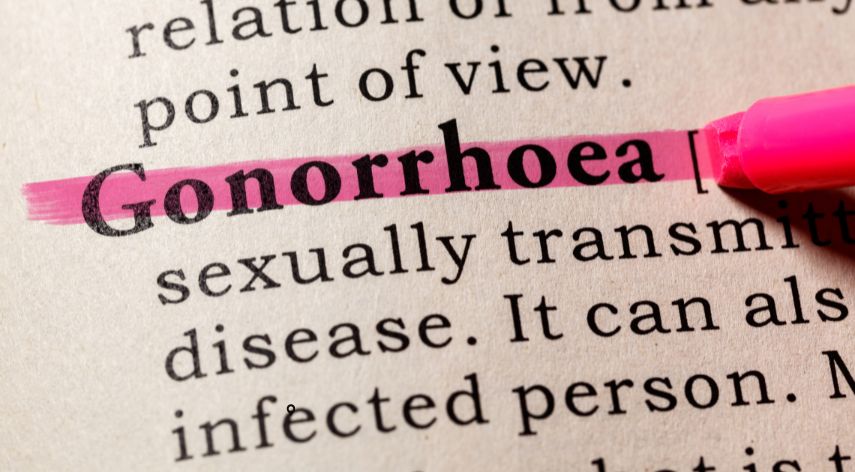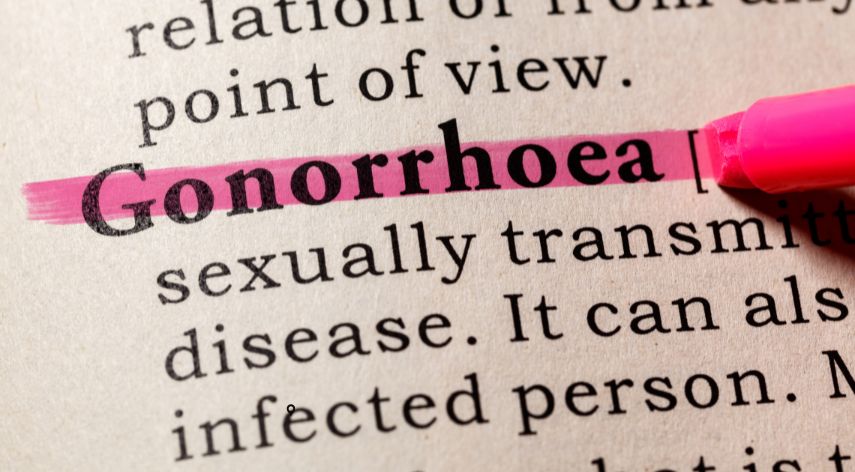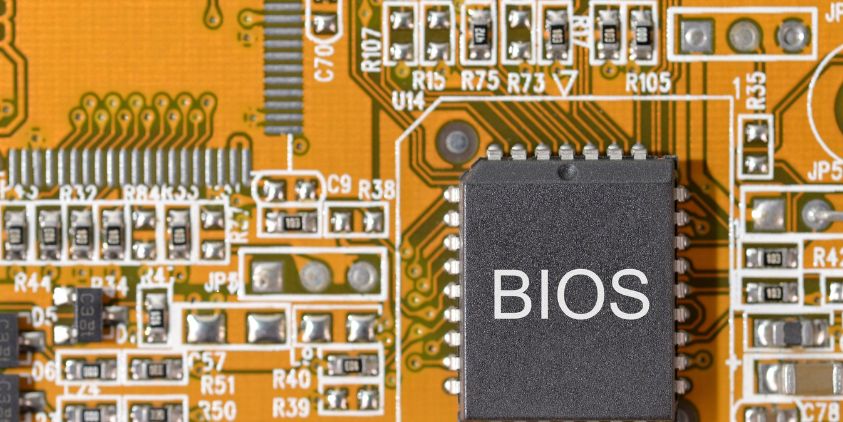Gastroshiza: Understanding the Congenital Abdominal Wall Defect

Gastroshiza is a rare but serious birth defect that affects the abdominal wall of a developing fetus. While it may sound like a complicated medical term, understanding what it is, why it happens, how it’s treated, and the outlook for affected babies can provide reassurance to expecting parents and deepen public knowledge about this condition.
Table of Contents
ToggleWhat is Gastroshiza?
Gastroshiza, more commonly spelled gastroschisis, is a congenital defect (present at birth) in which a baby is born with their intestines protruding outside the body through a hole in the abdominal wall. This hole is usually located to the right of the belly button. Unlike some other abdominal wall defects, the exposed intestines are not covered by a protective sac, leaving them vulnerable to damage from amniotic fluid and trauma during delivery.
Causes and Risk Factors
The exact cause of gastroshiza is unknown. However, several risk factors have been identified:
-
Young maternal age: Most commonly seen in mothers under the age of 20.
-
Smoking during pregnancy
-
Alcohol and drug use
-
Poor nutrition or lack of prenatal care
-
Low socioeconomic status
While genetics might play a role, most cases occur sporadically, meaning they are not inherited.
Symptoms and Diagnosis
Since gastroshiza is a visible physical defect, it’s often diagnosed before birth during a routine prenatal ultrasound, typically between 18–22 weeks of pregnancy.
Doctors might notice:
-
A loop of bowel outside the fetal abdomen.
-
Elevated alpha-fetoprotein (AFP) levels in the mother’s blood.
After birth, the primary symptom is intestines sticking out of the baby’s abdomen. In severe cases, other organs like the stomach or liver may also protrude.
Gastroshiza vs. Omphalocele
It’s important to distinguish gastroshiza from omphalocele, another abdominal wall defect. The main differences are:
| Feature | Gastroshiza | Omphalocele |
|---|---|---|
| Protective Sac | Absent | Present |
| Location | Right of umbilical cord | At the center of the belly button |
| Associated Disorders | Rare | Common (heart, chromosomal issues) |
| Prognosis | Generally better | Depends on associated anomalies |
Treatment and Management
1. Immediate Care at Birth
Babies born with gastroshiza need urgent medical care. The exposed intestines are:
-
Kept moist and sterile using warm, saline-soaked gauze.
-
Covered in a plastic bag to prevent infection and heat loss.
-
Monitored for breathing issues or dehydration.
2. Surgical Repair
There are typically two surgical approaches:
-
Primary Repair: If the abdominal cavity is large enough, the intestines are placed back inside, and the hole is closed immediately.
-
Staged Repair (Silo Method): If the intestines are too swollen or the hole too small, a silo (bag) is used to gradually push the organs back inside over several days before the final closure.
Recovery and Prognosis
With modern medical techniques, the survival rate for gastroshiza is over 90% in developed countries.
Possible Complications Include:
-
Intestinal damage due to prolonged exposure.
-
Short bowel syndrome (if large sections of intestine are removed).
-
Feeding difficulties and digestive problems.
-
Infections and slow growth.
Long-term Outlook
Most babies go on to live normal, healthy lives, although some may need long-term nutritional support or follow-up surgeries.
Living with Gastroshiza: Parental Support and Care
Having a baby diagnosed with gastroshiza can be emotionally overwhelming. However, early detection, a specialized neonatal care team, and parental support networks make a significant difference.
Tips for Parents:
-
Choose a hospital with a NICU (Neonatal Intensive Care Unit).
-
Attend all prenatal appointments and ask about fetal surgery centers.
-
Connect with other parents through support groups or forums.
-
Prepare emotionally and logistically for a longer-than-normal hospital stay.
FAQs About Gastroshiza
Q1: Can gastroshiza be prevented?
There’s no guaranteed way to prevent it, but avoiding smoking, alcohol, and ensuring good prenatal care can lower the risk.
Q2: Is it hereditary?
Most cases are not inherited, and the chance of recurrence in future pregnancies is low but possible.
Q3: Can it be treated before birth?
Currently, fetal surgery for gastroshiza is experimental. Most treatment occurs after birth.
Q4: How long will the baby stay in the hospital?
Typically 4 to 8 weeks, depending on how quickly the intestines begin working and the baby can feed normally.
Conclusion
Gastroshiza, though serious, is a treatable birth defect with excellent survival rates when managed properly. Advances in neonatal surgery and intensive care have dramatically improved outcomes for babies born with this condition. Early diagnosis, skilled surgical intervention, and dedicated parental care form the foundation of a healthy future for affected infants.
Recommended For You
Spread the loveIntroduction The human face is a canvas of identity. It conveys emotions, signals health, and influences how others
Spread the loveGonorrhoea is one of the most common sexually transmitted infections (STIs) in the UK, affecting thousands of people
Spread the loveIf you’re reading this, chances are you’ve either heard of gonorrhoea or are curious about it—and rightly so.
Browse by Category
- Travel
- Technology & Gadgets
- Sports & Games
- Software
- Shopping
- Reviews
- Real Estate
- Numerology
- News
- Make Money
- Lifestyle
- Law
- Home Improvement
- Health
- Gardening
- Games
- Finance
- Entertainment
- Education
- Digital Marketing
- Diet and Fitness
- Dating
- Construction
- Celebrity
- Career and Jobs
- Business
- blog
- Angel Number





